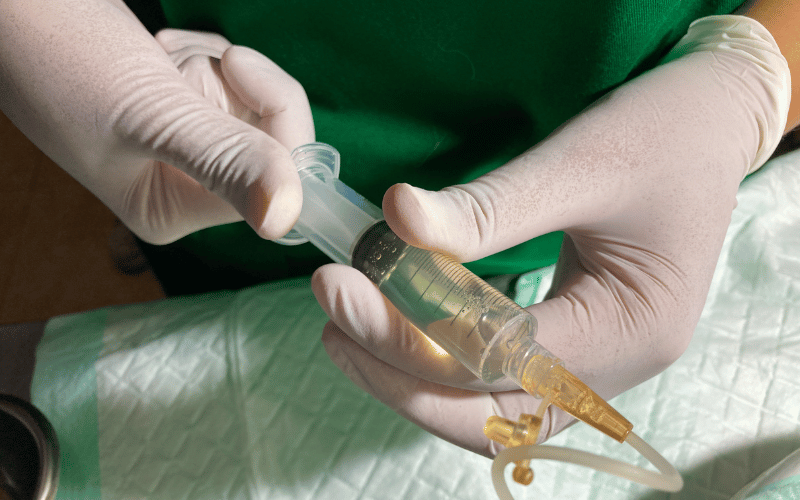5. Ascites: The Bulging Battle Against Fluid Overload

Ascites, the accumulation of fluid in the peritoneal cavity, is a symptom of alcoholic hepatitis that visually and physically represents the struggle of a liver in distress. The abdomen swells as fluid collects, creating a distension that is often uncomfortable and can be quite dramatic.
This symptom is particularly telling because it signifies a significant decline in liver function. The liver, overwhelmed by inflammation and scarring, can no longer produce the proteins necessary to maintain the balance of fluids in the bloodstream. Consequently, fluid seeps into the abdominal cavity, leading to ascites.
The development of ascites brings about a new set of challenges. The physical expansion of the abdomen can lead to a feeling of heaviness, decreased mobility, and even breathing difficulties as the diaphragm is pressured. It’s a condition that can also increase the risk of infections, such as spontaneous bacterial peritonitis, which can be life-threatening.
Patients may also notice other related symptoms such as ankle swelling or edema, further indicating the severity of fluid imbalance. The treatment for ascites often involves more than just lifestyle modifications; it may require medical interventions like paracentesis, where fluid is drained to provide relief.
Ascites is not only a physical manifestation of alcoholic hepatitis but also an emotional and psychological challenge. The change in body image and the associated symptoms can lead to self-consciousness and social withdrawal, compounding the already significant burden of the disease. (5)